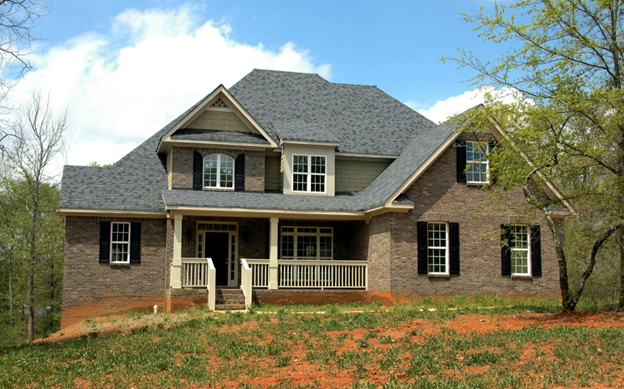Upgrading your roof is a significant investment in your home’s longevity and aesthetics. Whether you’re considering a replacement due to wear and tear or simply looking to boost curb appeal, embarking on a roofing project can be daunting. However, armed with the right knowledge and approach, you can navigate this endeavor smoothly and ensure a successful outcome.
Assessing Your Roof’s Condition
Before diving into any construction project, it’s crucial to assess the current condition of your roof. Inspect for signs of damage such as missing or cracked shingles, leaks, or sagging areas. Identify any underlying issues with the roof structure with the help of contractors from Palladium Roofing, such as rot or water damage. By thoroughly evaluating your roof’s condition, you’ll gain insight into the scope of the project and the necessary repairs or replacements.
Choosing the Right Materials
Selecting the appropriate roofing materials is essential for durability, energy efficiency, and aesthetic appeal. Consider factors such as climate, budget, and maintenance requirements when choosing between options like asphalt shingles, metal roofing, or tile. Research the pros and cons of each material to make an informed decision that aligns with your preferences and needs. Additionally, ensure that the chosen materials comply with local building codes and regulations.
- Asphalt shingles are a popular and cost-effective option known for their durability and ease of installation. However, they may not be as resistant to extreme weather conditions compared to other materials.
- Metal roofing offers exceptional longevity and resistance to fire, rot, and pests, making it an ideal choice for homeowners seeking durability and low maintenance. Additionally, metal roofs can reflect solar heat, reducing cooling costs during hot weather.
- Tile roofing provides a timeless aesthetic and excellent durability, particularly in regions prone to high winds and hail. While more expensive than asphalt or metal, tile roofs can last for decades with proper maintenance, making them a worthwhile investment for homeowners seeking longevity and curb appeal.
Hiring a Reliable Contractor
Unless you’re a seasoned DIY enthusiast with roofing experience, hiring a reputable contractor is paramount for a successful roof upgrade. Look for licensed and insured professionals with a proven track record in roofing projects. Obtain multiple quotes and references to compare services and pricing. Prioritize communication and transparency throughout the hiring process to establish expectations and timelines. A reliable contractor will not only execute the construction work with precision but also provide valuable guidance and expertise.
- Request proof of insurance from any contractor you’re considering hiring, including liability and worker’s compensation coverage. This protects you from liability in case of accidents or property damage during the project.
- Ask for references from past clients and follow up with them to gauge their satisfaction with the contractor’s workmanship, communication, and adherence to timelines. Online reviews and ratings can also provide valuable insights into the contractor’s reputation and reliability.
Planning for Proper Ventilation and Insulation
Proper ventilation and insulation are often overlooked aspects of roof construction but are crucial for maintaining a comfortable and energy-efficient home. Ensure adequate attic ventilation to prevent moisture buildup and extend the lifespan of your roof. Install insulation to regulate indoor temperatures and reduce energy costs. Consult with a roofing professional to determine the optimal ventilation and insulation solutions based on your roof’s design and local climate conditions.
- Install ridge and soffit vents to facilitate airflow and prevent heat and moisture buildup in the attic. Proper ventilation can prolong the life of your roof by reducing the risk of mold growth, wood rot, and shingle damage.
- Choose insulation materials with high R-values to effectively regulate indoor temperatures and minimize energy loss. Consider factors such as the climate in your area and the desired level of insulation when selecting insulation products.
- Consult with a qualified roofing contractor or energy efficiency expert to assess your home’s ventilation and insulation needs and recommend the most suitable solutions based on your budget and preferences.
Implementing Safety Measures
Safety should always be a top priority when undertaking any construction project, especially roofing work. Equip yourself and your contractors with the necessary safety gear, including harnesses, helmets, and non-slip footwear. Secure ladders and scaffolding properly to prevent accidents and falls. Adhere to safety guidelines and protocols outlined by regulatory authorities and industry standards. By prioritizing safety measures, you can minimize risks and ensure a smooth and incident-free roof upgrade process.

Upgrading your roof requires careful planning, attention to detail, and the right resources. By assessing your roof’s condition, choosing suitable materials, hiring a reliable contractor, planning for proper ventilation and insulation, and implementing safety measures, you can navigate the construction process with confidence and achieve long-lasting results. Remember, investing in your roof today will pay dividends in the form of improved functionality, aesthetics, and peace of mind for years to come.

